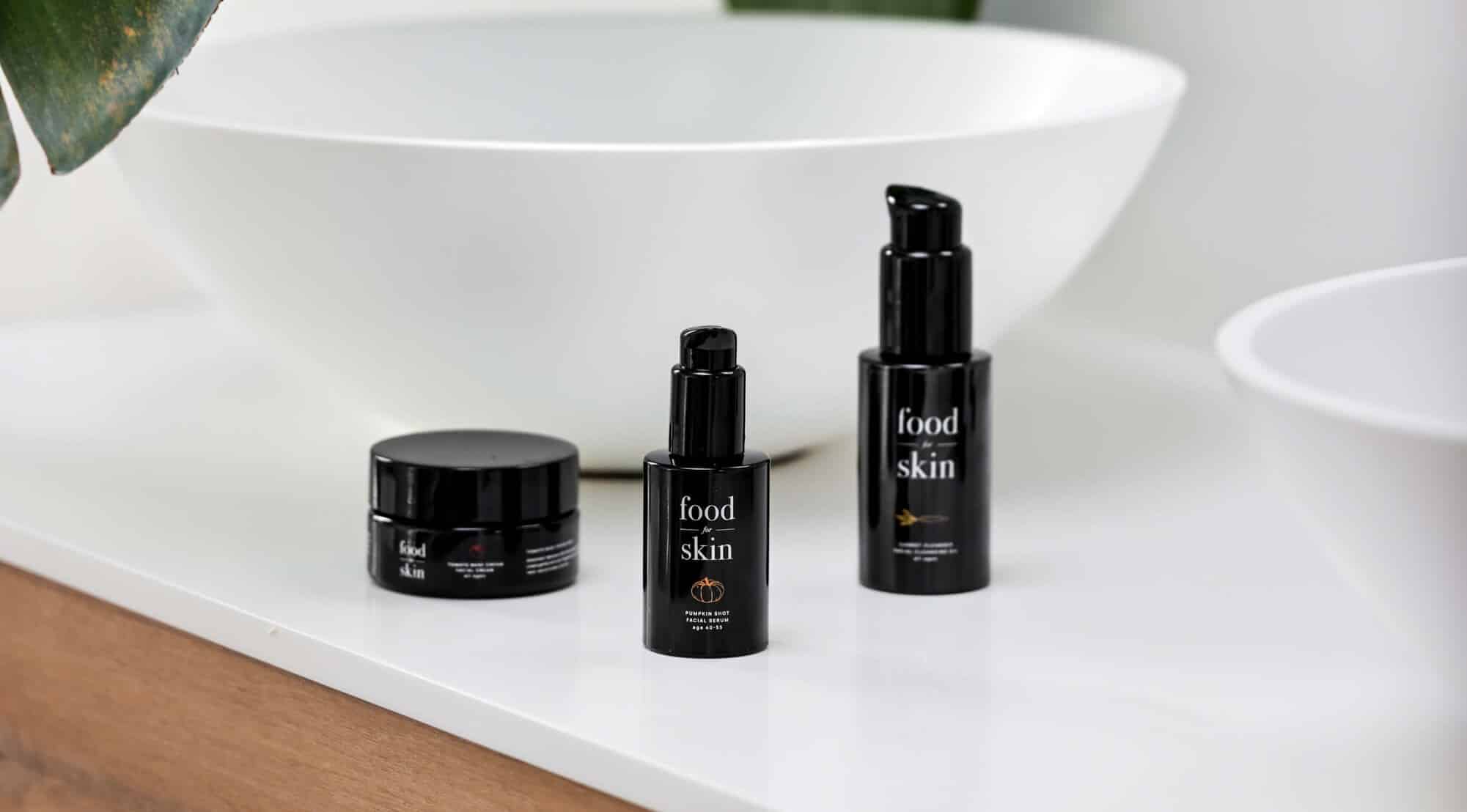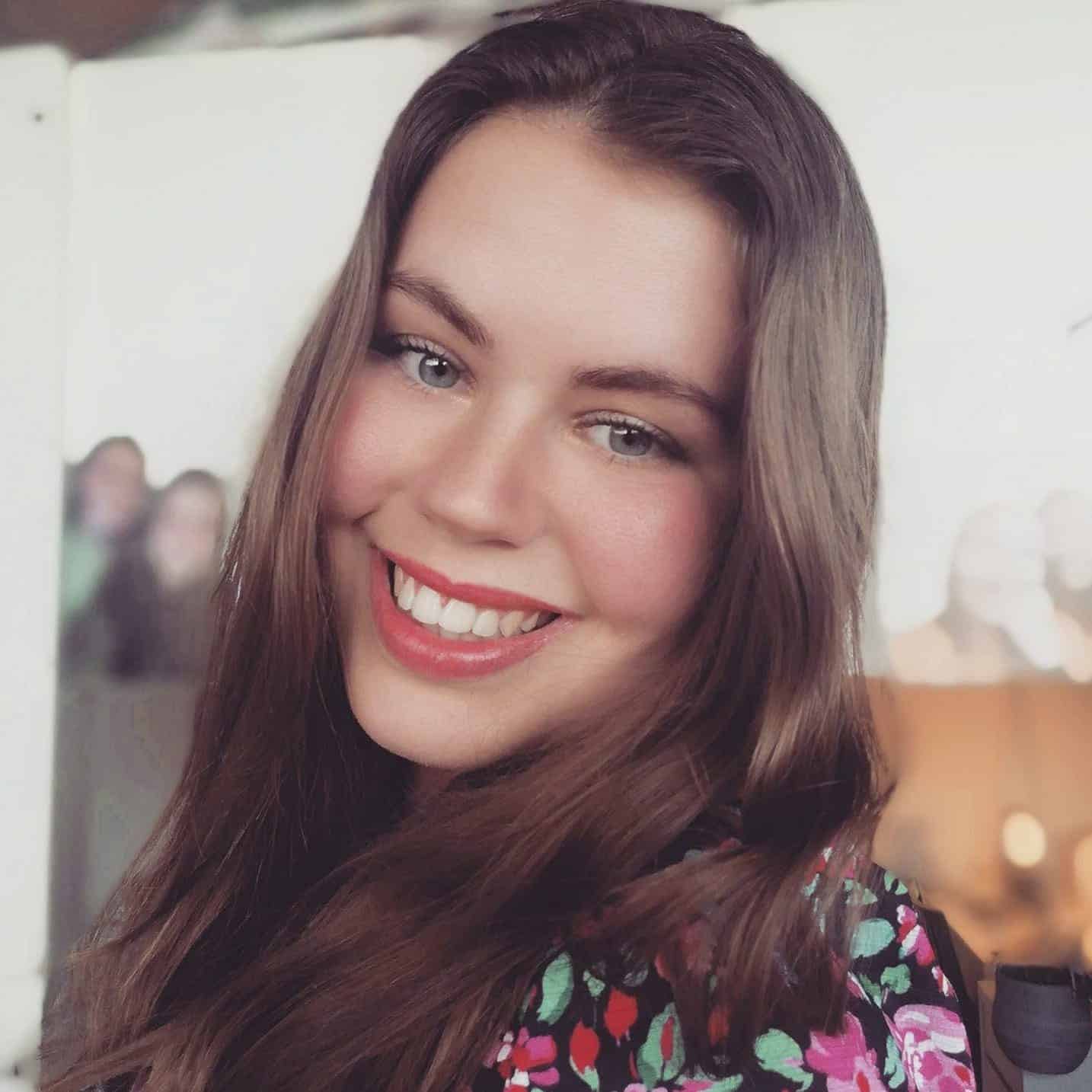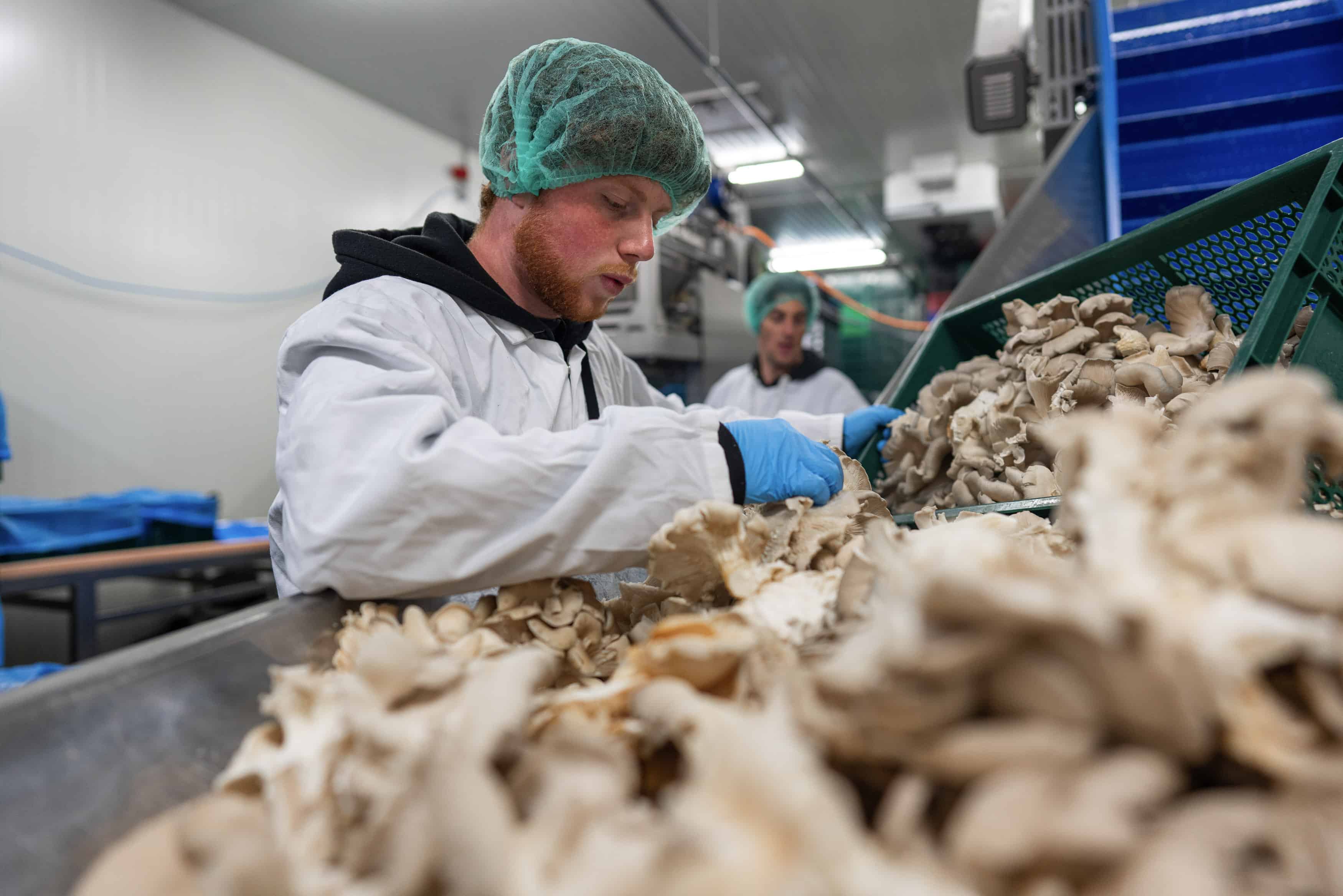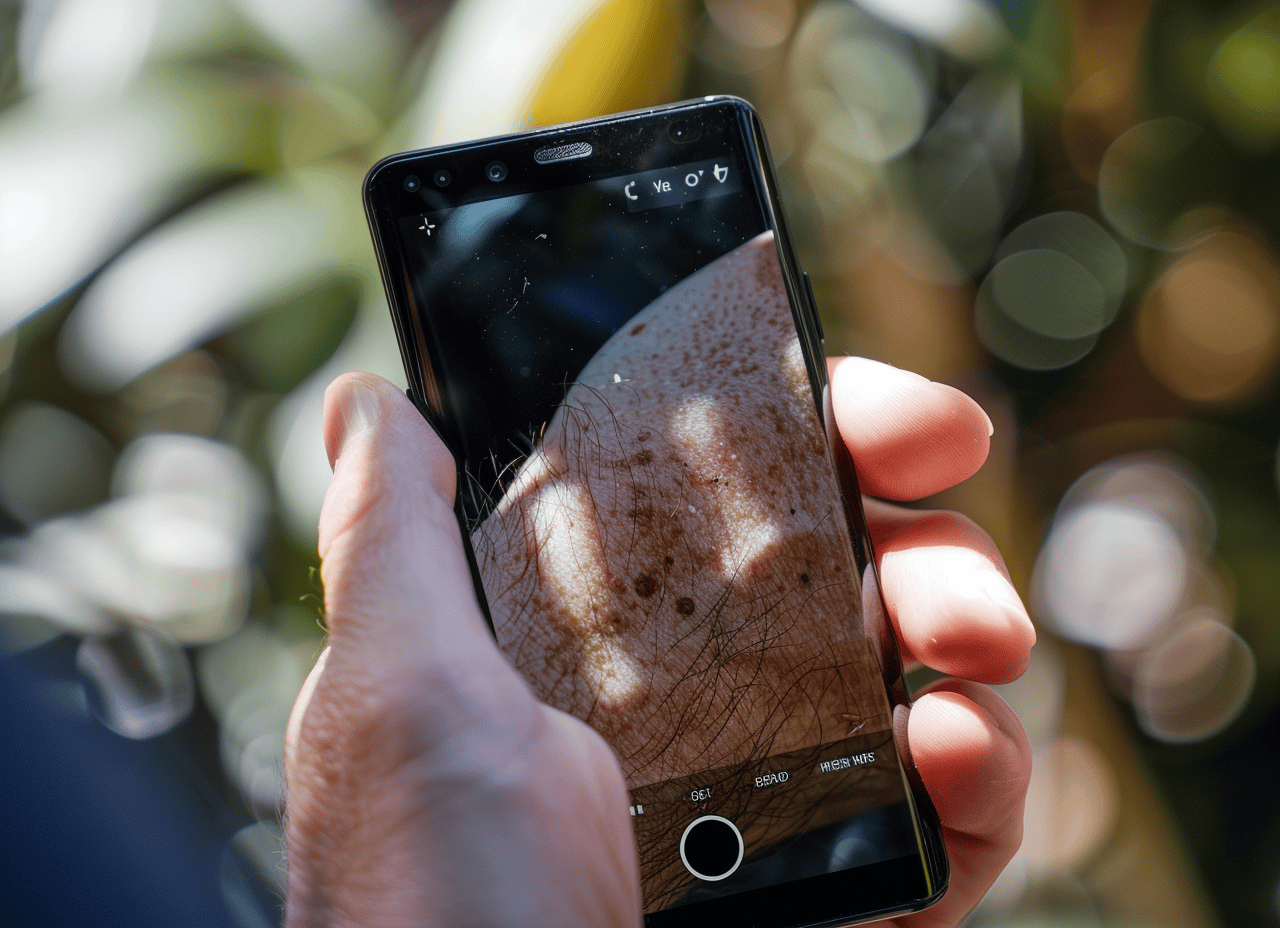
About Food for Skin
- Founders: Angela Ursem and Cathy Ursem
- Founded in: 2020
- Employees: 3
- Money raised: -
- Ultimate goal: Make the cosmetics industry 100% natural and environmentally sustainable
Residual streams are often disposed of and many skincare products are not all-natural: two things sisters Angela and Cathy Ursem were determined to change. They have since launched their own skincare line made from plant-based ingredients, such as tomato leftovers, avocado oil and shea butter. The two want the cosmetics industry to recognize that polluting raw materials are not needed to make good skincare products. With Cathy’s background as a beautician and Angela’s experience as a marketing manager at Tony’s Chocolony and elsewhere, the two set up their company in 2020. In this installment of Start-up of the day, Angela told us more about their start-up Food for Skin.

What does Food for Skin do exactly?
“We develop and sell skincare products that are 100 percent natural. All of the ingredients we use are therefore sourced from nature. In this respect, we make no distinction between products for women and men: everything is gender neutral. We sell just four products: a day and night cream, sunscreen, serum and a cleansing product. Some products have a light fragrance that is reminiscent of herbs, while others are neutral so that they can be used on all skin types. In total, a product of ours contains around 22 ingredients that are all vegan.”
How did you come up with your range?
“We have very consciously made the decision to have a small range because we believe that buying less is better for the world. We want to make very good products instead of as many as we possibly can. Plus we mostly produce organically and try to use as many food waste streams as possible. For example, 70 percent of the cream is made from ingredients extracted from tomato seeds and tomato peels from an Italian pasta factory. We work with a cosmetic laboratory that processes the residual streams on our behalf into usable products for us. Currently, about 25 percent of our products are made up of residual streams. The other 75 percent comprises ‘new’ products. In the future, we are hoping to expand the percentage of residual streams that we use.”

How did you come up with the idea for Food for Skin?
“We are asking too much of the earth and I really think that’s terrible. My children are now 15 and 17 and I want them to have a good future too. That is why in my private life I was very conscious about living more in a more sustainable way. When I started taking a closer look at what was in my bathroom, I suddenly realized that I almost had to be a chemist to know what I put on my skin and what my products are made out of. So many difficult words! It needed to be more clear and more transparent. Drawing on that frustration, I started talking to my sister about this. At the time, she was doing a course on how to make your own skincare. We came up with an idea: why not start marketing our own products that are all-natural and that everyone understands what’s in them?”
And how did that work out?
“In the evenings, we set to work developing our products with the help of a cosmetic scientist. When the products were finally approved, corona turned up. That was the moment when we thought: we have to do something now. The world is upside down and this is our sign that we have to change something in the world. We immediately quit our jobs. It was particularly exciting from a financial point of view, but otherwise it didn’t bother me too much. I have always been a person who has no issues with taking risks. We gave ourselves a year to see if there was enough potential in our company. We have now been in business for 2.5 years.”
You are very focused on transparency. Why?
“We think it is important to highlight specific percentages and ingredients so that consumers can’t misconstrue what’s in our products. A term like ‘eco-friendly,’ which you sometimes see on personal care products, does not really mean anything. Because if 1 percent of the ingredients are natural, you can still put that wording on the packaging. Even though there are often still so many microplastics that end up in the environment. For example, when you shower and rinse your shampoo down the shower drain. We think it’s really important to provide that level of transparency to the customer other than just selling products.”
Skincare products made from vegetables: are they good for your skin?
“That’s a question we tend to get more often. And I can understand why, because there is an international written style that must be adhered to for ingredient lists of personal care products. Cosmetics producers have to use Latin names because that way it is most clear internationally what is in a product. In practice, however, many people do not know the meaning of these Latin words and this causes confusion. We have to follow those rules too, although we do try to communicate exactly what is in our product.”

Can you give an example of one of these Latin words?
“One of the most common ingredients in skincare products is lycopene: an ingredient derived from tomatoes and other red fruits. It is an antioxidant that protects against aging skin. So, making a cream from tomato ingredients like we do is not such a crazy idea after all.”
How are your products tested?
“It takes one-and-a-half to two years to bring a new product to market. It spends six months of that time in an independent laboratory. This is where it is tested for shelf life, bacteria and safety. The product is also registered with the governmental cosmetics registry and is first extensively tested with our test panel of thirty people.”
What else do you still want to achieve?
“At the moment, our company is only in the Netherlands, but we ultimately would like to branch out across Europe. We want to be one step ahead of other companies in terms of sustainability so that we can eventually lead the way and show large cosmetics companies how things should be done. We also want to use a higher percentage of residual streams in our products and raise consumer awareness of what they buy and use. There’s still a lot of misconceptions right now that make many people wonder if a care product made from vegetables is really better than a chemical product.”








